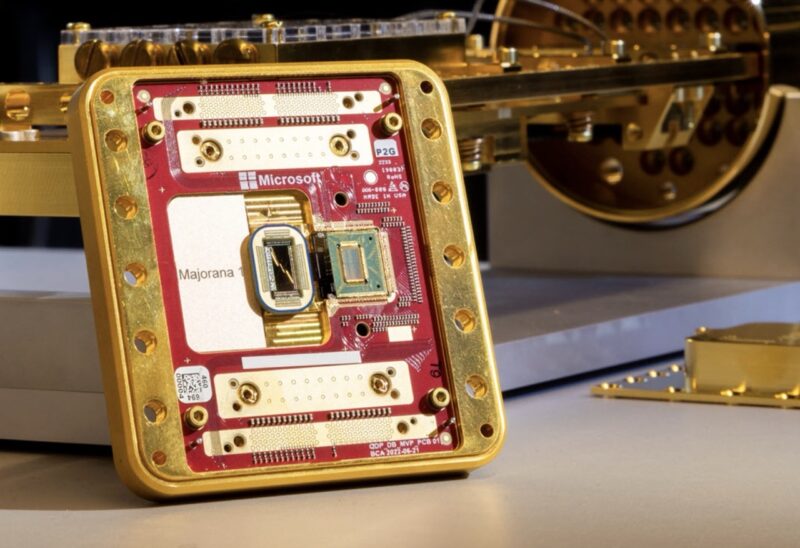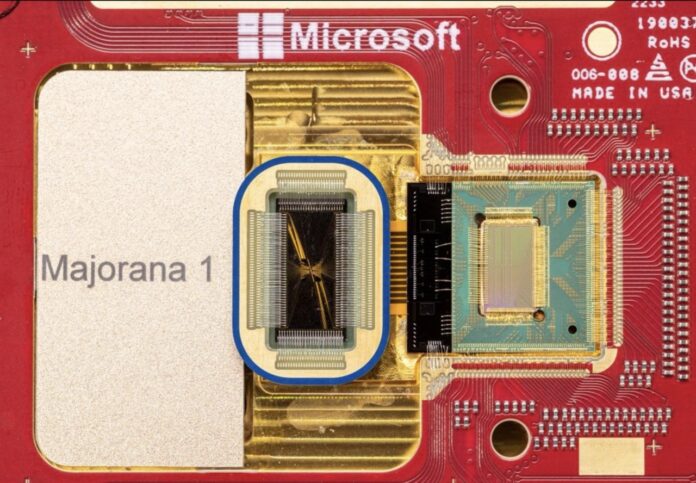This week, Microsoft shared an update on its longest-running research project. The Majorana 1 uses a topological qubit that combines speed, compactness, reliability, and controllability to hopefully usher in an age of quantum computing.
Microsoft Majorana 1 Topological Qubit Quantum Computer Shown
Microsoft released a lot of information, but perhaps the best summary is this video:
In about 12 minutes it covers the company’s quest to create a new state of matter using a semiconductor and superconductor. That materials breakthrough led to a new class of qubit, the topological qubit, that the company thinks it can scale. The chip also features a digital measurement approach as opposed to an analog one. Microsoft’s goal is to make something that is scalable to be useful at large qubit quantities.

Majorana is named after Ettore Majorana who theorized that there should be a class of particles that were their own antiparticles. That is something that Microsoft’s qubit was focused on harnessing.
Of course, as impressive as it is, Microsoft is still not at the point that it has a million qubit supercomputer. This is a chip that it says puts it on the path. There are many other competing qubit approaches in the market at this point all touting their own capabilities. At the same time, this one feels a bit different given the materials science work involved.
Final Words
The big question now is how fast can Microsoft scale this. If it can indeed scale it to one million qubits quickly, then its research project will usher in quantum computing. If it is only a path to large qubit systems in a decade or more, then we are left, once again, with the promise of quantum computing that is a decade or so out. It sounds like this is an advancement projected to bring in that timeframe.





If they were confident they can scale this architecture, why didn’t they wait 2 years and show the scaled architecture?
Answer: just like the others it won’t scale much and the researchers know it in spite of what they tell their management.
Their published paper doesn’t even provide data or state that they managed to observe this matter, so I’m going to bet that this announcement goes the same way as last time and they’ll have to retract the paper just like in 2018
There are a large number of physicists who are challenging some of the foundations of this “breakthrough”.
Stable fermions has come up a few times.
I am all for breakthroughs but some think this one is a bit overblown by Microsoft.